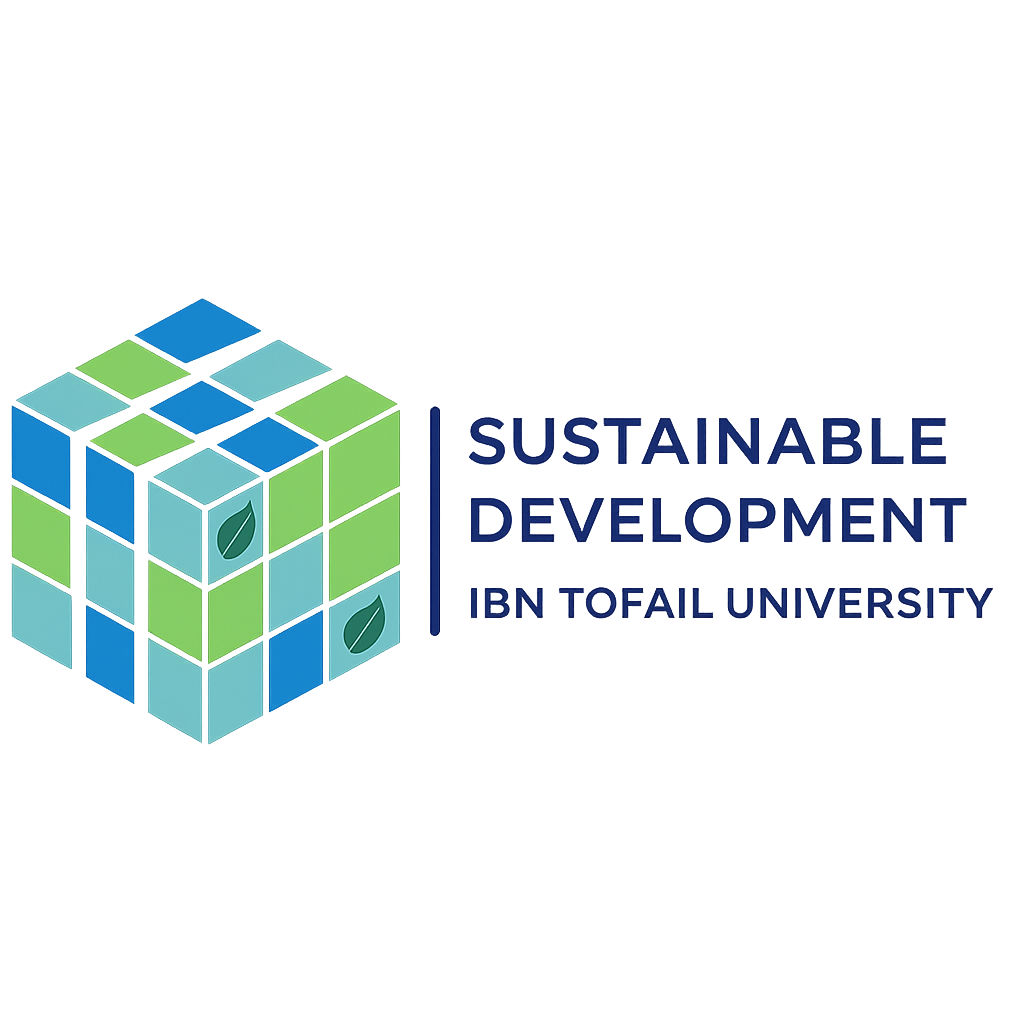Project Coordinator: Pr. Mohamed EBN TOUHAMI
This project is for the characterization and improvement of the tanning process in the craft sector.
Description: The tanning sector poses a number of problems relating to the quality and competitiveness of tanned leather. This is essentially linked to the lack of control of inputs in terms of raw materials and the operations of the tanning process.
The project therefore consists of carrying out various research and development actions to improve the tanning process in order to produce quality leather and thereby improve the existing tanning process.
Visuals :
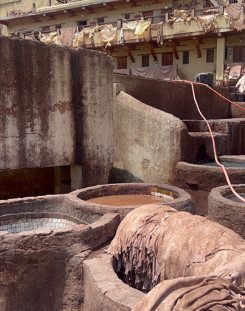
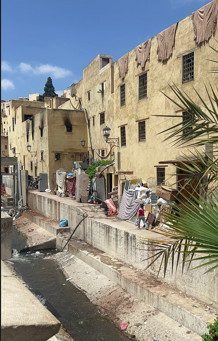
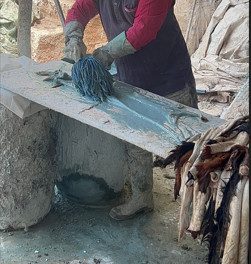
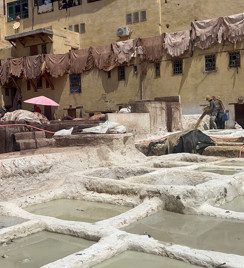
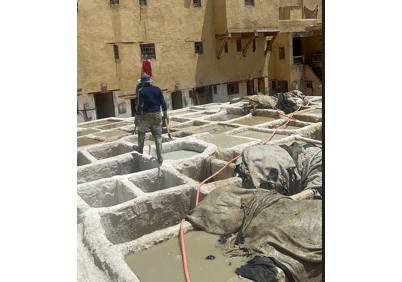
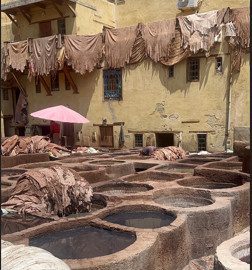
The premises: Chemistry laboratory and workshops with vats for tanning experiments
Equipment: classic equipment (Extraction, testing, etc.)
Project Period: 2023-2026
Funding Partners: Ministry of Tourism, Crafts and Social and Solidarity Economy
Expected Results:
- Phase 1: bibliographic study and analysis of existing information concerning the tanning process.
- Phase 2: R&D study for the improvement of the tanning process and implementation of solutions.
- Phase 3: extraction of tanning material from Mimosa school and other sources.
Activities carried out within the framework of the project:
- Bibliographic research
- Analysis of documents from previous projects and scientific articles
- Writing a comprehensive bibliographic report
- Work meetings to analyze and improve the process
- Collection of bark samples from various plants
- Drying of bark samples
- Extraction and characterization (laboratory test to locate tannins)
- Definition of needs for products and materials
- Site visit and diagnosis
- Development of technical protocols to conduct experiments.
Scientific, environmental, economic impact :
There are various potential effects of this project, which aims to enhance the vegetable tanning procedure:
- Scientific
Vegetable tanning could encourage research into the use of new natural tanning agents. This would contribute to a better understanding of the chemical interactions between plant extracts and skin fibers. Science could enable the development of more efficient and faster processes, while maintaining the quality of the products. The project could lead to the discovery of new plant sources for tannins.
- Environmental
Vegetable tanning is already seen as a more eco-friendly alternative to chrome tanning, which is toxic to the environment. Improving this process could further reduce pollutant discharges into water and air, while decreasing the use of harmful chemicals. An optimization of vegetable tanning can lead to a more efficient use of plant resources, thereby limiting deforestation and the pressure on certain plant species used in crafts.
An improved vegetable tanning process could generate less waste or allow for better valorization of by-products, such as plant remnants, which could be used for other industrial or agricultural applications (compost, bioenergy). By improving local artisanal processes, we could also reduce dependence on heavy industrial chemicals, thereby leading to a decrease in CO2 emissions associated with their production and transport.
- Economic
This project could strengthen local economies by enabling artisans to produce higher quality leathers while reducing production costs. This could increase the competitiveness of artisanal products in national and international markets.
This project could strengthen local economies by enabling artisans to produce higher quality leathers while reducing production costs. This could enhance the competitiveness of artisanal products in national and international markets.
Eco-friendly vegan leather can attract a growing customer base of ethical and environmentally conscious consumers, opening the way to new markets in the sustainable fashion and luxury sectors.
Optimizing resources, reducing energy, and water consumption can lower production costs lowered, thereby improving profitability for artisans.
A vegetable tanning improvement project can encourage the use of local plant resources, thereby supporting agricultural producers and promoting a circular economy.
- Touristic
By enhancing the vegetable tanning process in Fez, the project not only improves the quality of artisanal leather but also contributes to the sustainable management of the city’s historic craft sites. Reducing chemical pollution and optimizing resource use helps preserve the urban environment, which is vital for tourism in the imperial city. Additionally, the project provides educational outreach and training for local artisans, demonstrating sustainable craft practices that support heritage conservation and promote eco-tourism.
